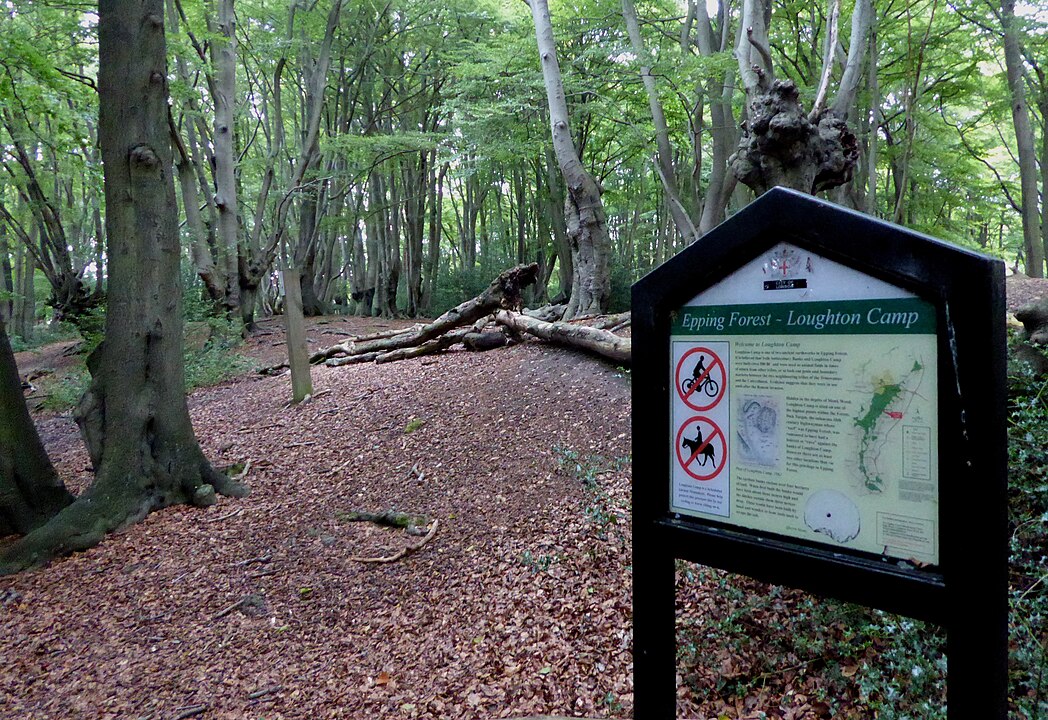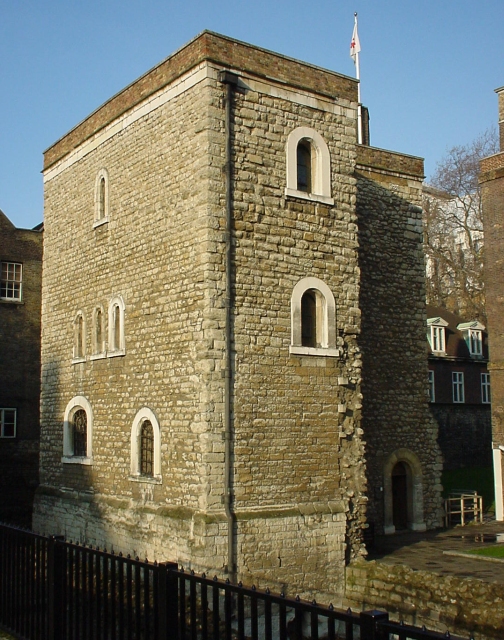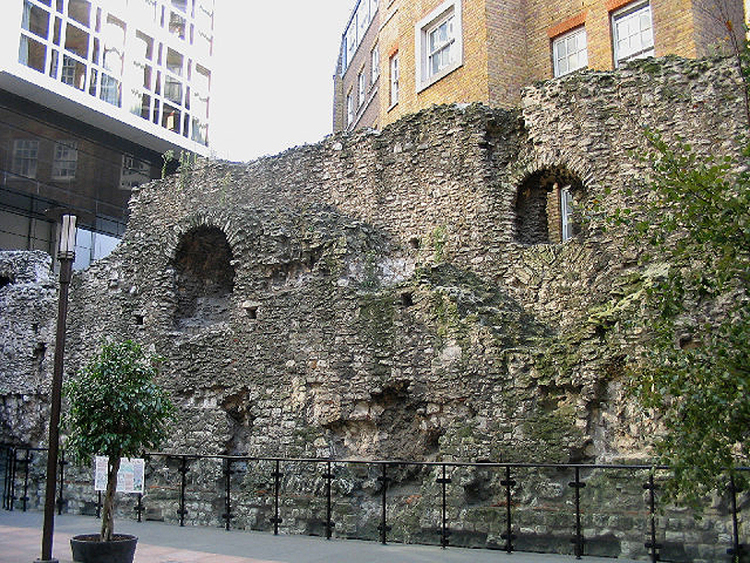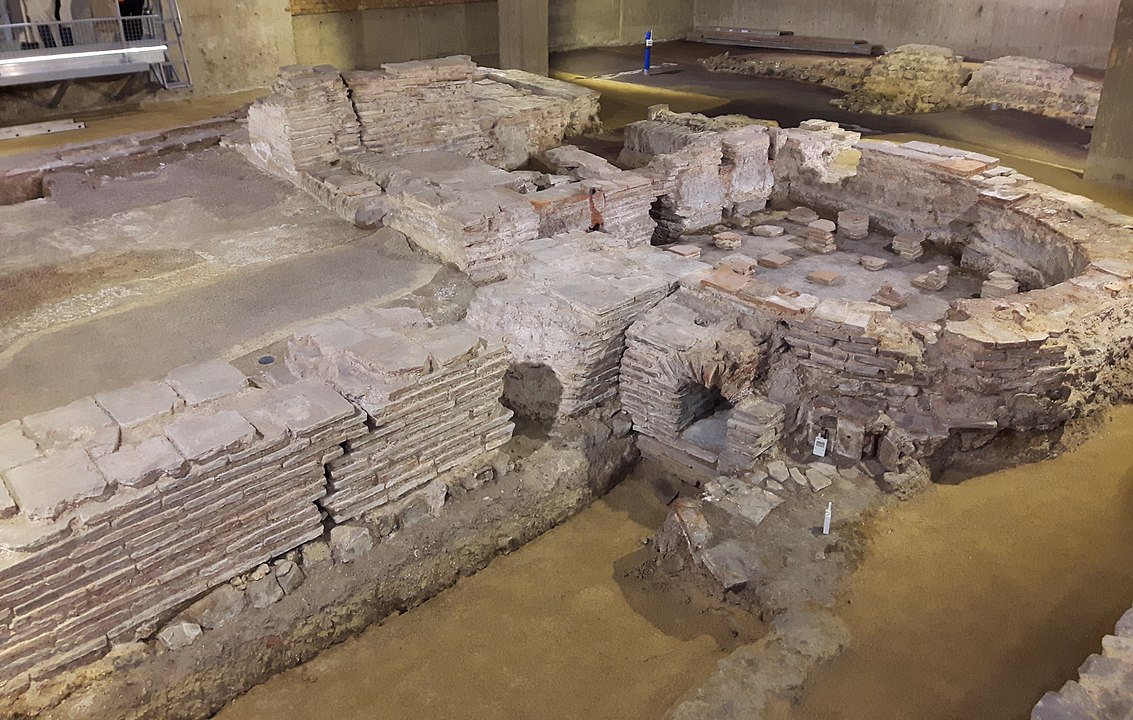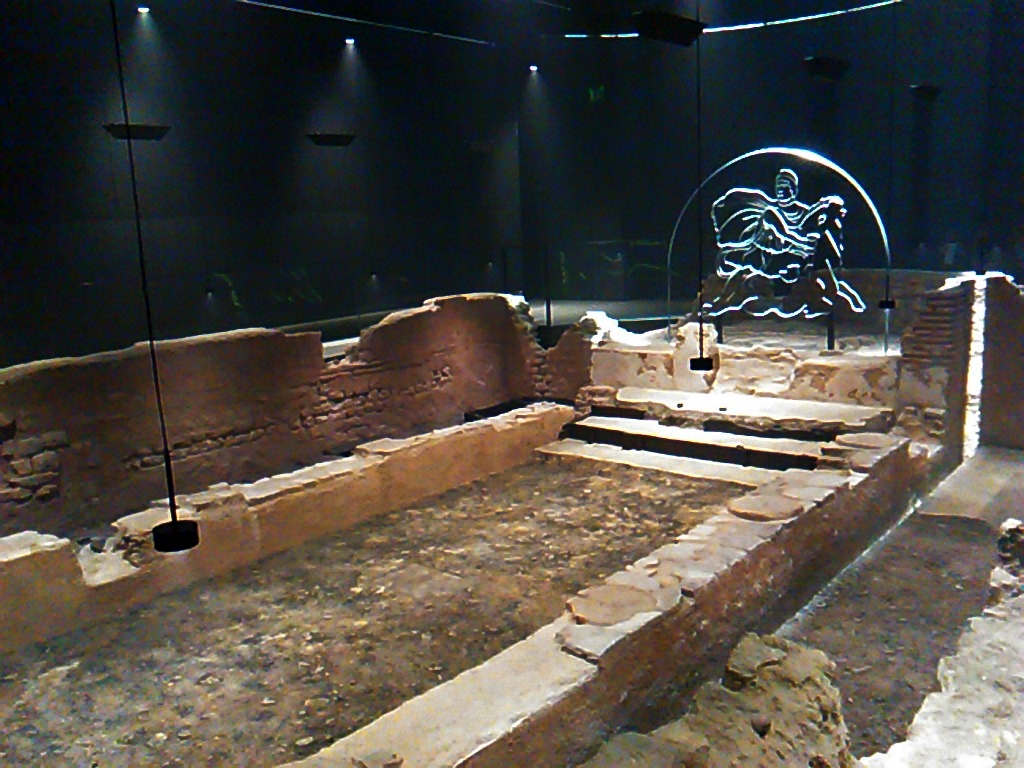How To Meet A Blue Whale In London: The Fascinating Story of Barnet’s Whalebones
Encountering a blue whale in open waters is among the most awesome things a person can experience. Seeing these gentle giants glide through the depths puts things in perspective unlike anything else in the world. But seeing a blue whale in London – now that’s something you wouldn’t expect to hear. And yet you can – well, sort of… Let us explain.
A Monument of the Unseen Giants

If you happen to have some business in the neighbourhood of Barnet, head towards Wood Street. Go past the modest houses and shops, only to encounter the towering arch formed by two enormous whale jawbones. These bones, which once belonged to the largest animal on Earth, now stand in an unexpected spot far from their oceanic origins. The Whalebones landmark has become a familiar sight for locals and an intriguing curiosity for visitors passing through. Standing beneath these bones is a strange, humbling experience. The sheer size of the structure offers a physical reminder of how enormous blue whales are. It’s as if a piece of the ocean had been plucked from the waves and settled in the middle of Barnet.
The jawbones, which reach upwards like a gateway to a world of bygone maritime adventures, have been part of the local landscape for decades. Though they’ve become part of Barnet’s identity, the story of how these whale bones ended here is a tale full of unlikely events and surprising twists.
The Circus Comes to Town: Installing the Whalebones in 1939
The jawbones arrived in Barnet in a lorry via Hull in 1939. The event felt like a grand spectacle, almost like a travelling circus rolling into town. As construction crews prepared to install these enormous bones, a quiet residential area was suddenly abuzz with activity. The bones were sourced from a blue whale and delivered from Norway. However, turning these massive pieces of natural history into a sturdy archway wasn’t simple.
For starters, the bones were not just large but unwieldy. Moving them into position took careful planning, involving the frantic efforts of half a dozen workers. The locals gathered to watch the show as the construction crew manoeuvred these whale bones into place. It was a strange sight – not something you’d expect to see in a quiet London suburb. Children stood wide-eyed as these gigantic bones slowly rose into the air.
The crew had to ensure the bones were stable, balancing their weight and securing them to a strong foundation. The bones were arranged in an arch, reminiscent of the prows of Viking ships or the entrance to a mythical kingdom. To many, it felt like something out of a storybook, a doorway to another world. Once installed, the structure quickly became a landmark. Even today, the sense of wonder remains.
From the Ocean to Barnet: The Origins of the Whalebones
So how did these whale bones end up in Barnet in the first place? The answer lies in the history of a house that stood on Wood Street, a property known as Whalebones. The house was built in 1815, and the name Whalebones first appeared on a map in 1872, and the house had always been something of a local curiosity. While the exact reason for the estate’s peculiar name is shrouded in mystery, many believe it was linked to the house’s most prominent resident – no other than the famous polar explorer, Sir John Franklin. Over time, the property’s name became synonymous with the giant jawbones at the entrance, giving the house an air of exoticism and adventure.
The bones themselves came from Norway. In the 19th century, whale hunting was a massive industry in Norway, where the rich waters of the North Atlantic provided ample opportunity for capturing these giant creatures. The Norwegian company that delivered the bones to Barnet was part of this booming industry. In a world where whaling was still common, exporting such bones was not unusual. However, the idea of using these bones as an architectural feature in a quiet London suburb was unusual. Yet that’s exactly what happened.
The house, Whalebones, remained a prominent feature in Barnet until its eventual demolition in the mid-20th century. But the bones remained a curious relic of the estate and the oceanic giants that once ruled the seas.
A Fight for Whalebones: The Housing Development Controversy
While the bones have stood for decades, their future has not always been secure. In 2019, a major development proposal threatened to change the landscape of Whalebones forever. A housing complex of 152 new homes was proposed for the site, and this plan immediately met with strong opposition from the local community.
Like much of London, Barnet has faced increasing pressure to meet housing demands. Developers often look for large open spaces where they can build new homes. The Whalebones estate, with its expansive grounds, seemed an attractive option for such a project. However, for many in Barnet, Whalebones was more than just a convenient plot of land. It symbolised the area’s unique heritage, a landmark that had stood for generations.
Local residents, conservation groups, and heritage organisations rallied to oppose the development. For them, the Whalebones were not just relics of the past but a crucial part of Barnet’s identity. They argued that the bones and the green space around them must be preserved for future generations. The proposal to replace the bones with a housing complex felt like erasing a piece of history.
The campaign to save Whalebones was fierce and passionate. Letters were written, petitions were signed, and public meetings were held. The message was clear: Whalebones belonged to Barnet and should remain untouched. The debate lasted for months, with both sides presenting their arguments. For the developers, the housing shortage was a pressing concern. For the locals, however, the loss of Whalebones would have been a cultural tragedy.
In 2020, the proposal was officially rejected. The community’s efforts had paid off, and the Whalebones were saved. The jawbones remain standing, a testament to both Barnet’s maritime connections and the power of local action.
Whalebones Today: A Piece of Barnet’s Soul
Today, Whalebones is more than just a quirky landmark. It’s a reminder of Barnet’s long history, a piece of the past that connects the area to the wider world. It also symbolises how communities can come together to protect the places that matter to them.
While the original Whalebones house is long gone, and the area around it has changed, the archway of blue whale jawbones remains a striking and unusual feature. It echoes a time when maritime adventures and exotic discoveries captured the public’s imagination. In an era when London was a hub of global exploration, the idea of bringing something as monumental as whale bones back to the city wasn’t just plausible—it was thrilling.
The Whalebones link the natural world and the urban environment, a meeting point between land and sea. They remind us of the sheer scale of the creatures that inhabit our oceans and the way humans have interacted with them over the centuries. Meeting a blue whale in Barnet might seem impossible, but standing under the Whalebones arch, you’re closer to the giants of the deep than you might think.

